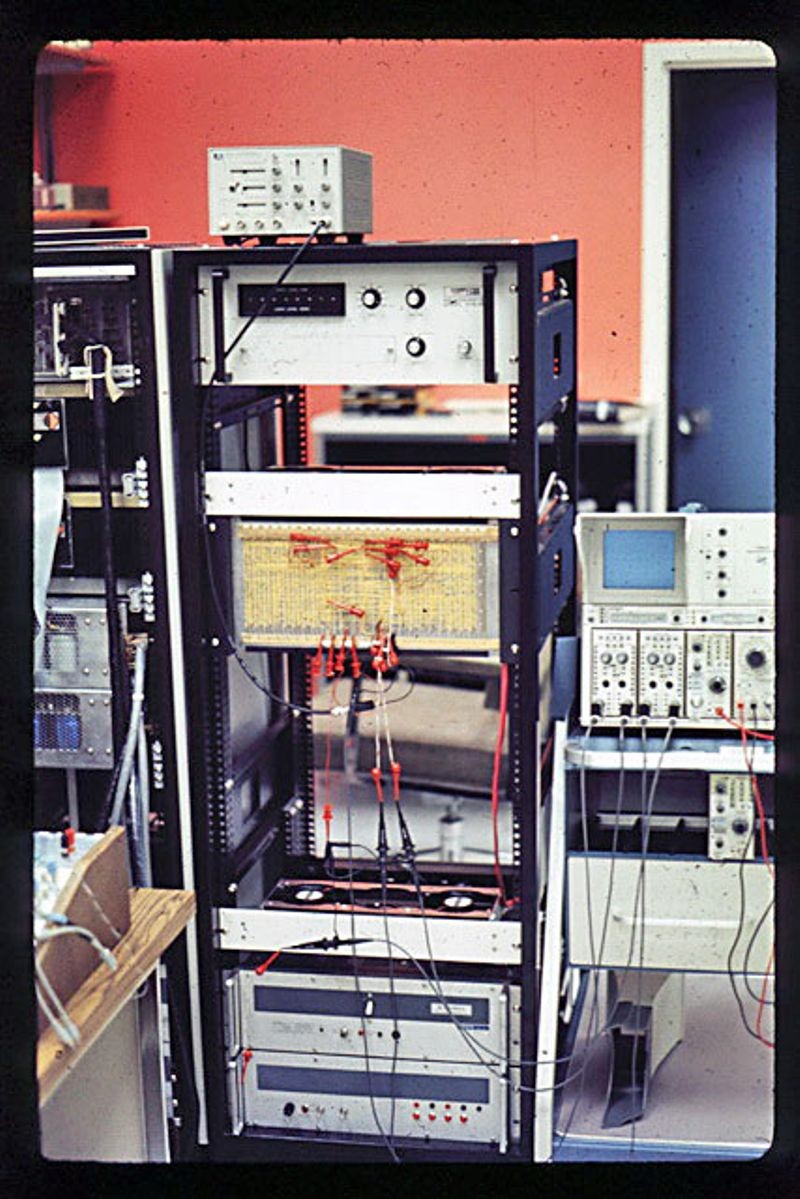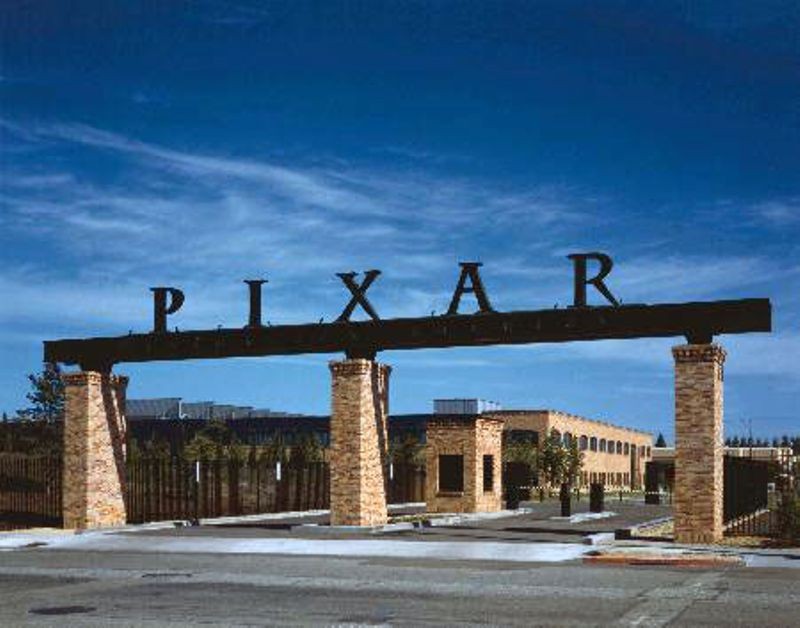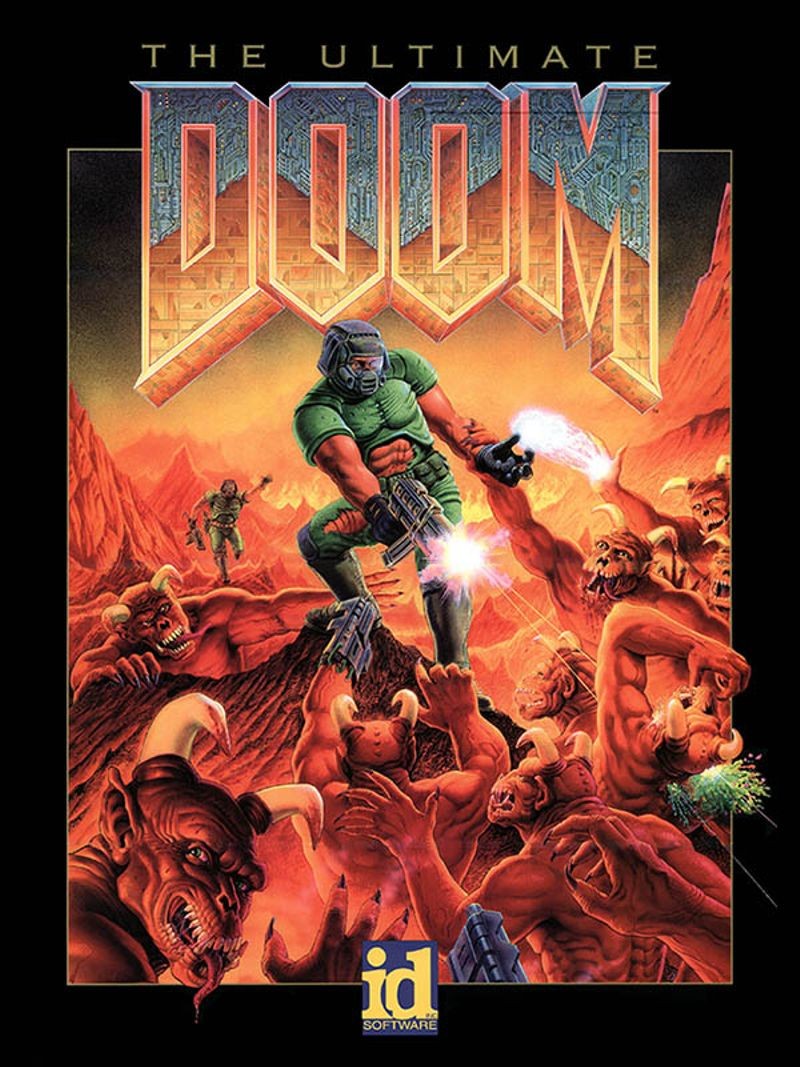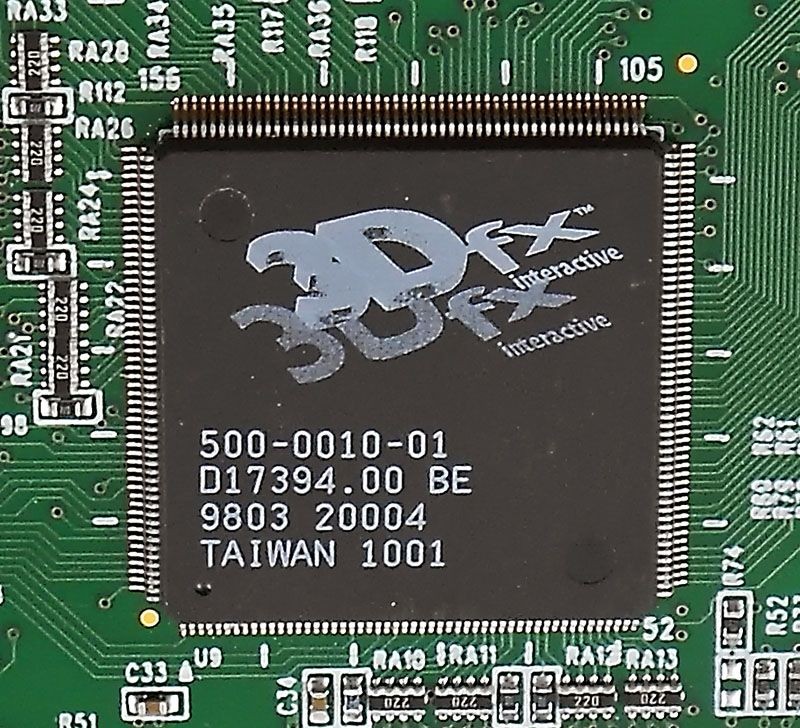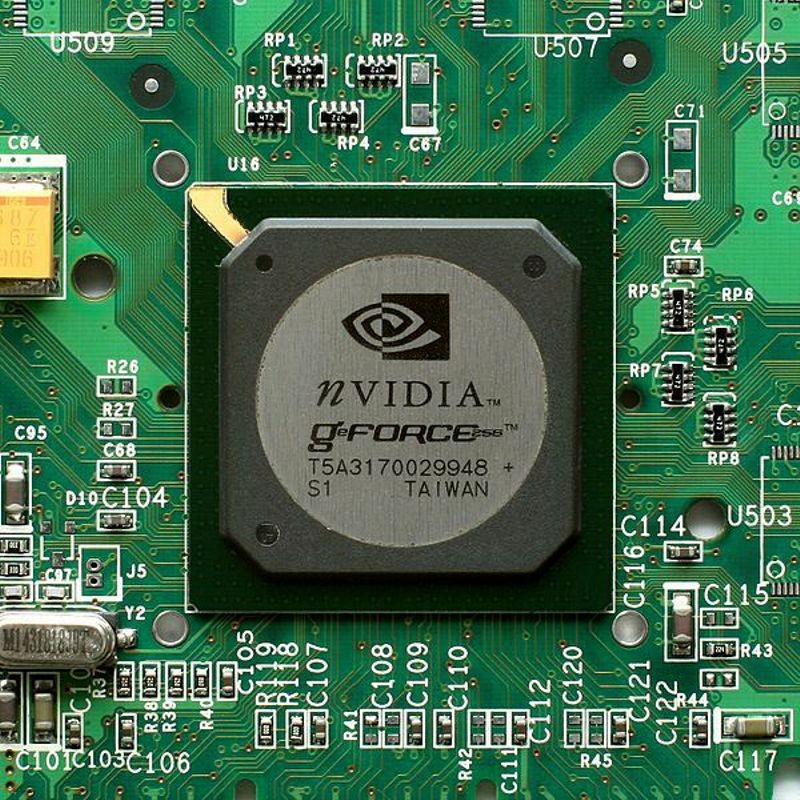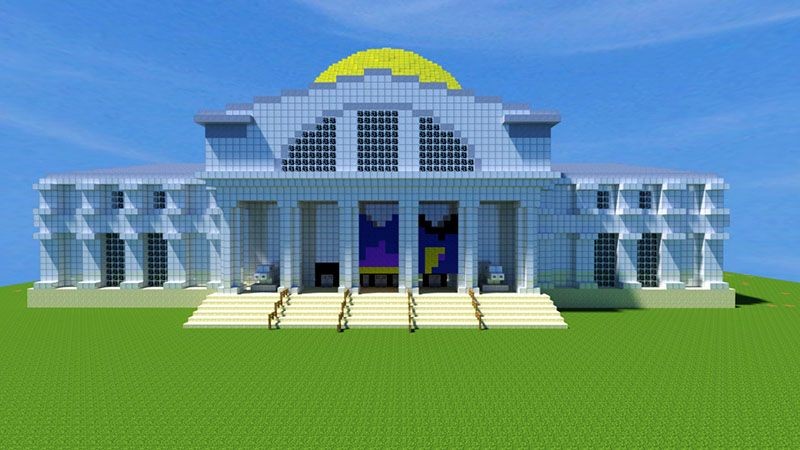Nimrod on display at Festival of Britain
The Festival of Britain was designed as a nationwide display of British Arts, Technology and Culture following the widespread destruction of World War II. As a part of the festivities, computer company Ferranti provided a display for the Festival's activities in South Kensington (London). John Bennett, an Australian employee living in Britain, suggested building a machine to play NIM, a simple game where players take turns removing matches from piles in an attempt to be the last person to remove a match. An electromechanical device to play the game had been on display at the 1939 World's Fair in New York. Engineer Raymond Stuart-Williams turned Bennet's design into an actual machine that debuted at the Festival on April 12th, 1951. Ferranti took Nimrod to the Berlin International Show later in 1951, but dismantled it afterwards.













